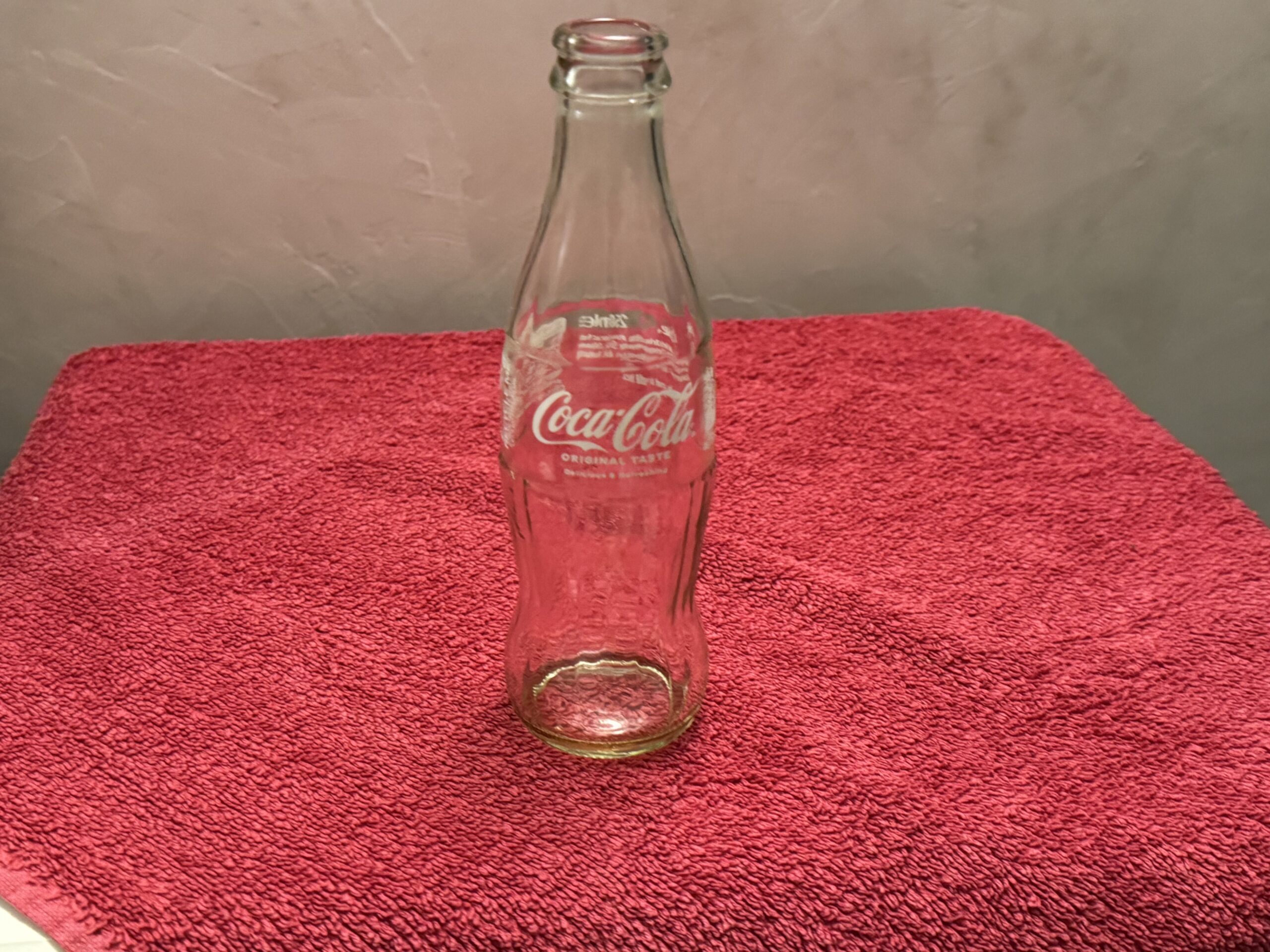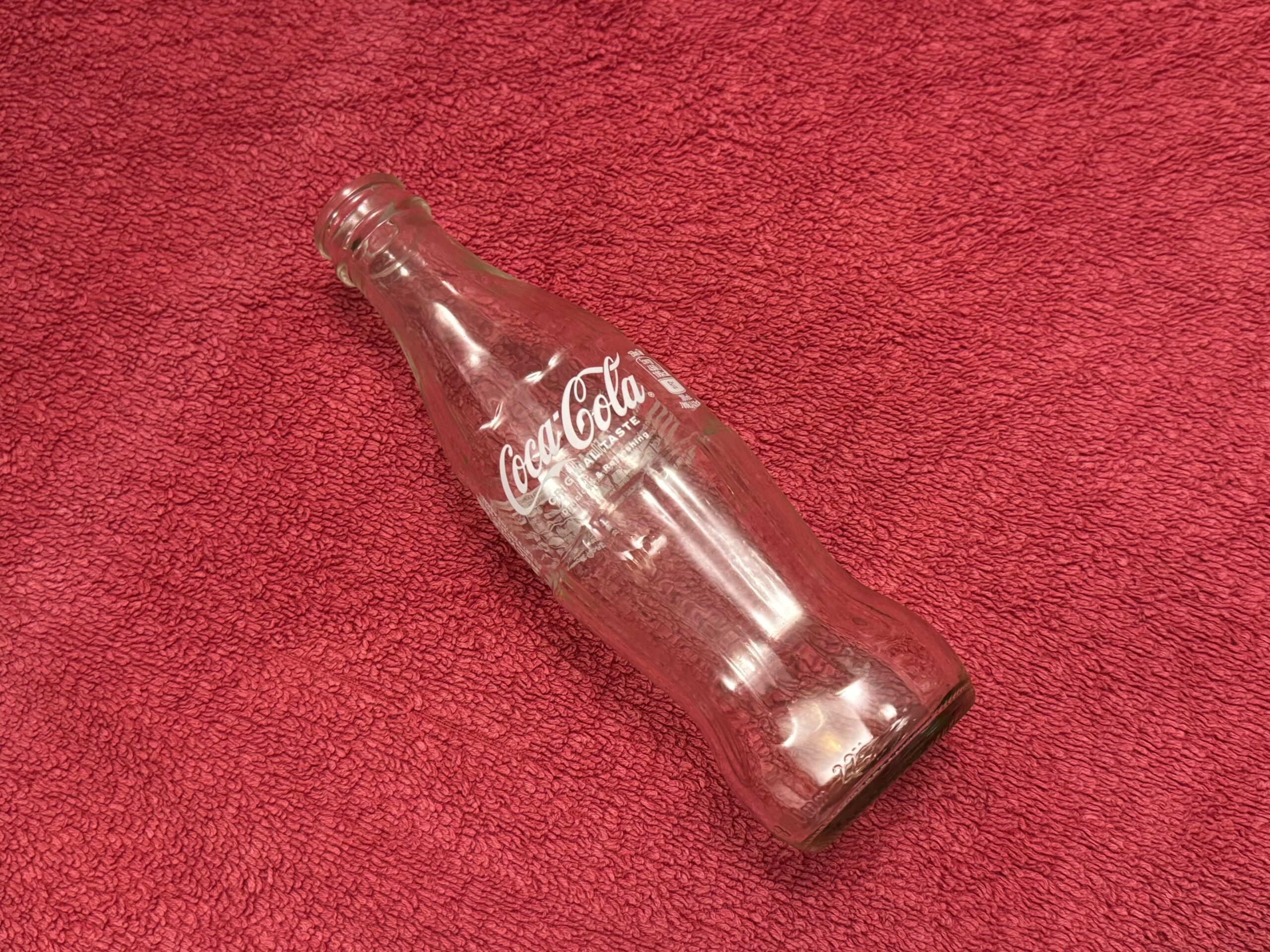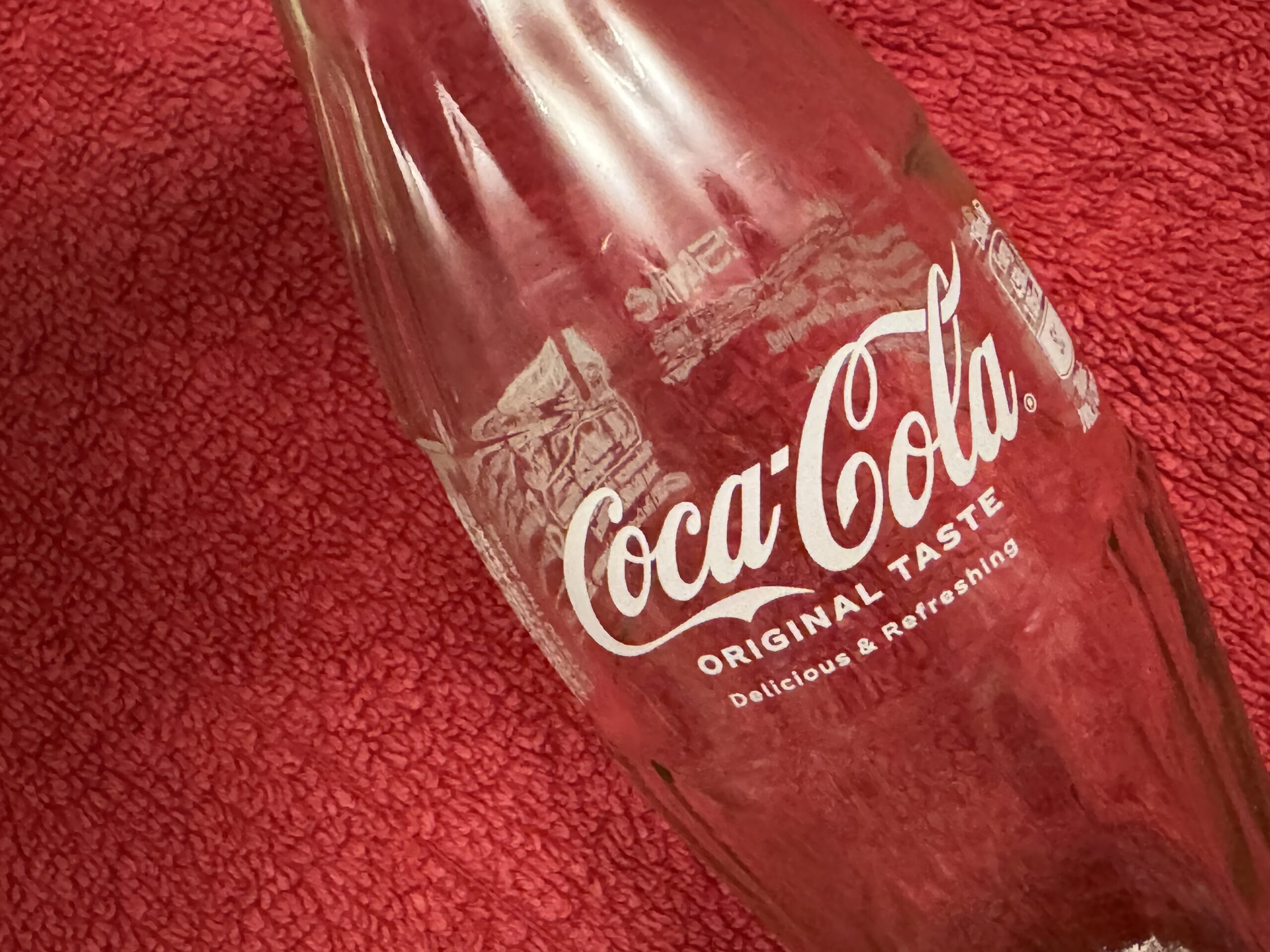XRF Test Results for 2024-purchased (new) UK Coke Bottle
For those new to the Lead Safe Mama website:
Tamara Rubin is a multiple-federal-award-winning independent advocate for childhood Lead poisoning prevention and consumer goods safety, and a documentary filmmaker. She is also a mother of Lead-poisoned children (two of her four sons were acutely Lead-poisoned in 2005).
- Tamara owns and runs Lead Safe Mama, LLC — a unique community collaborative woman-owned small business for childhood Lead poisoning prevention and consumer goods safety.
- Since 2009, Tamara has been conducting XRF testing (a scientific testing method) using the exact instrumentation employed by the U.S. Consumer Product Safety Commission to test consumer goods for toxicants (specifically heavy metals — including Lead, Cadmium, Mercury, Antimony, and Arsenic).
- Since July of 2022, the work of Lead Safe Mama, LLC has been responsible for 5 product recalls (FDA and CPSC).
- All test results reported on this website are science-based, accurate, and replicable.
- Items that Lead Safe Mama, LLC reports on are tested multiple times to confirm the results published (for each component tested).
- Recent notable press… There has been too much to mention already in 2024! Please check out our press page to see some of the amazing coverage of our work so far this year!
Published: March 17, 2024
Full XRF test results for the bottle pictured are below — but first, here are links to some additional related products we have tested:
- Coca-Cola brand glassware
- More Coca-Cola bottles
- Pepsi-branded glassware
- More glass bottles we have tested
XRF Test Results for new (2024-Purchased) UK Coke Bottle
Reading #1) Focus on the white, painted logo area of the bottle
60-Second Reading
- Lead (Pb): 135 +/- 16 ppm
- Cadmium (Cd): 18 +/- 6 ppm
- Mercury (Hg): non-detect
- Antimony (Sb): 31 +/- 12 ppm
- Titanium (Ti): 20,400 +/- 1,500 ppm
- Iron (Fe): 484 +/- 108 ppm
- Zinc (Zn): 13,500 +/- 300 ppm
- Zirconium (Zr): 352 +/- 14 ppm
- Niobium (Nb): 352 +/- 20 ppm
- Indium (In): 19 +/- 7 ppm
- Tin (Sn): 29 +/- 9 ppm
- Barium (Ba): 49 +/- 32 ppm
- No other metals were detected in consumer goods mode.
Reading #2) Focus on the unpainted glass area on the bottom of the bottle
60-second reading
- Lead (Pb): 130 +/- 14 ppm
- Cadmium (Cd): 12 +/- 5 ppm
- Mercury (Hg): non-detect
- Antimony (Sb): 28 +/- 11 ppm
- Iron (Fe): 528 +/- 107 ppm
- Zinc (Zn): 45 +/- 14 ppm
- Niobium (Nb): 265 +/- 17 ppm
- Indium (In): 13 +/- 6 ppm
- Tin (Sn): 29 +/- 8 ppm
- Barium (Ba): 107 +/- 28 ppm
- Bismuth (Bi): 15 +/- 8 ppm
- No other metals were detected in consumer goods mode.
In testing this bottle and reporting it here on the website, we ran about 20 tests to confirm the results. We always try to see what the highest possible range for Lead results are after we initially detect Lead, and then we work to make sure any test result set we are going to report for the item (as an example test result set) is fully replicable by anyone using the same instrumentation (this way we are not leaving ourselves open to being sued by product manufacturers as our test results are fully replicable and 100% based in science)!
With the above context noted, in testing this bottle I first assumed that the paint was the source of the Lead contamination (the higher Lead-containing element of the bottle), but after several tests on the bare glass that had equally high levels, it became clear there is no Lead in the paint and the Lead found in this bottle is only in the glass. Any Lead detected in the reading where the scope of the XRF instrument was pointed at the painted area was simply the instrument reading through the Lead-free paint to the Lead-contaminated glass substrate below.
If you want to know more about Lead Safe Mama, LLC’s concerns regarding Lead-contaminated glass food and beverage packaging, I would like to encourage you to read this article (link), which discusses the concern in detail. The concern for Lead-contaminated glass that comes in contact with food is always heightened when the food product is acidic (as is the case with Coca-Cola). One would expect that in 2024 we could somehow come up with Lead-free food packaging. Also important to note: These Coca-Cola bottles always have a bit of a greenish tint when viewed in the right light and that greenish tint is generally an indicator that they are likely made of recycled glass, which is the most common source of potential Lead contamination in glass bottles and other glassware items.
As always, please let me know if you have any questions and I will do my best to answer them personally as soon as I have a moment. Thank you for reading and sharing articles from LeadSafeMama.com. Your shares help support this work, making it possible for us to continue doing what we do!
Tamara Rubin
Owner — Lead Safe Mama, LLC
#LeadSafeMama

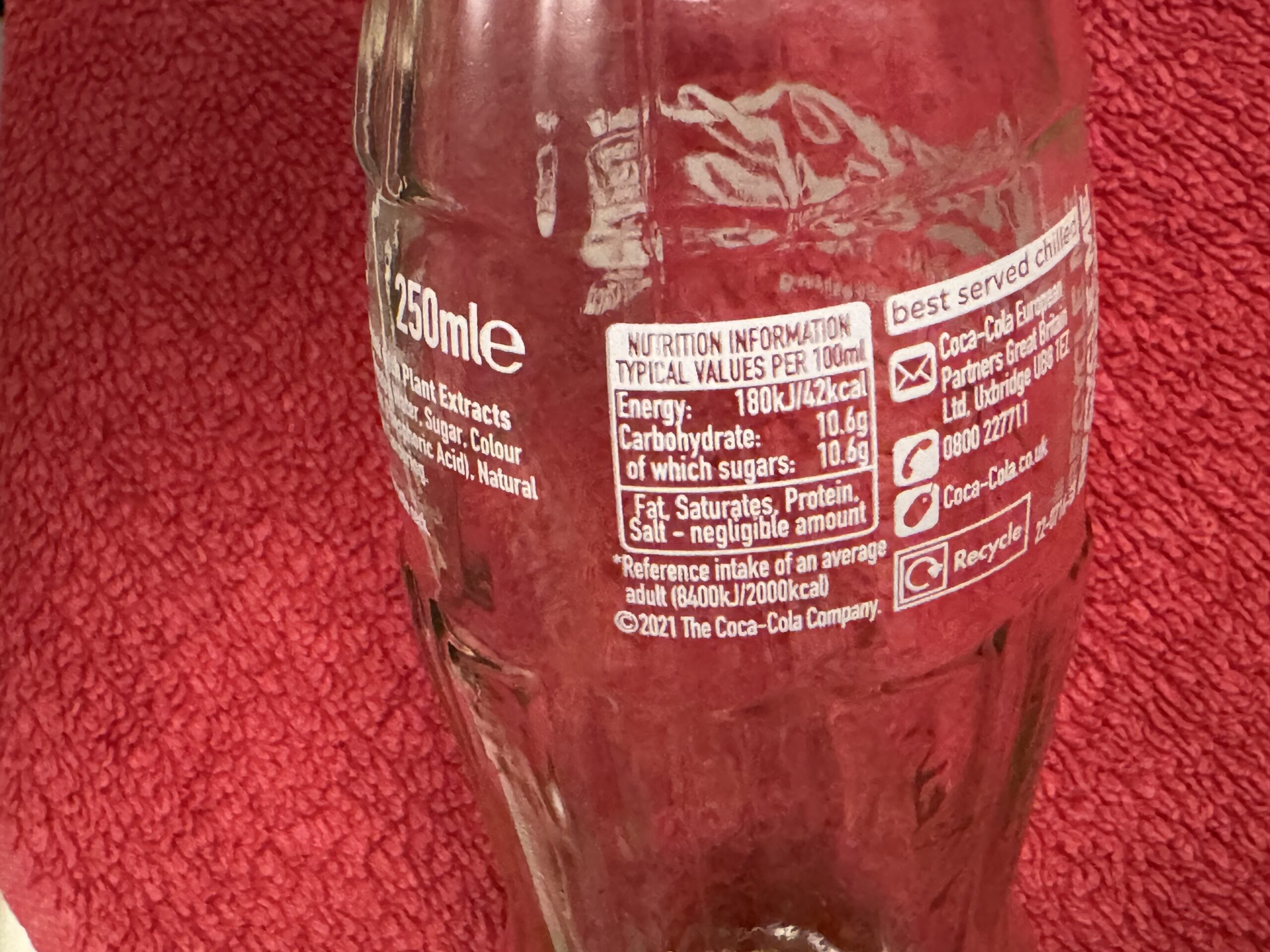
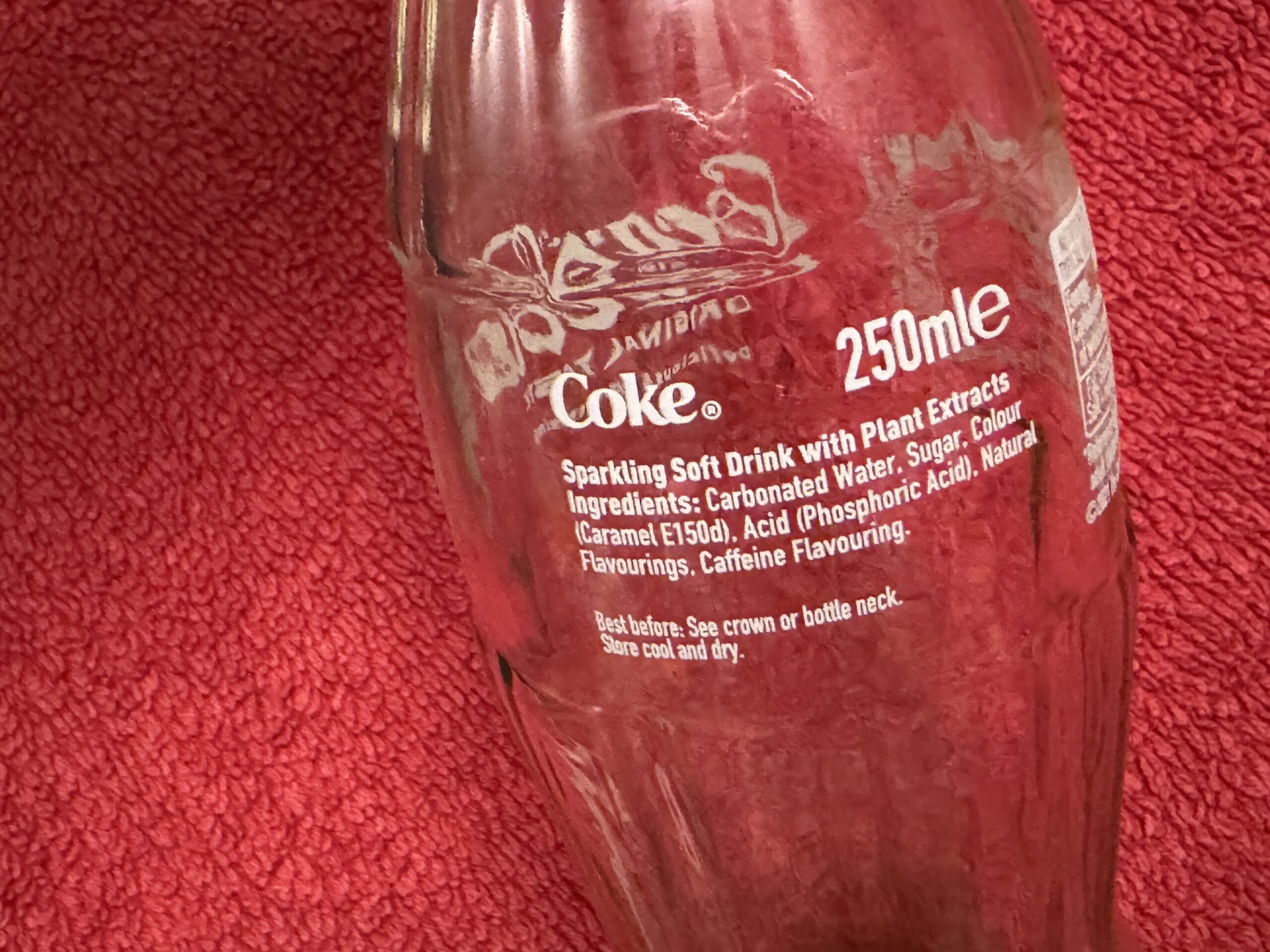
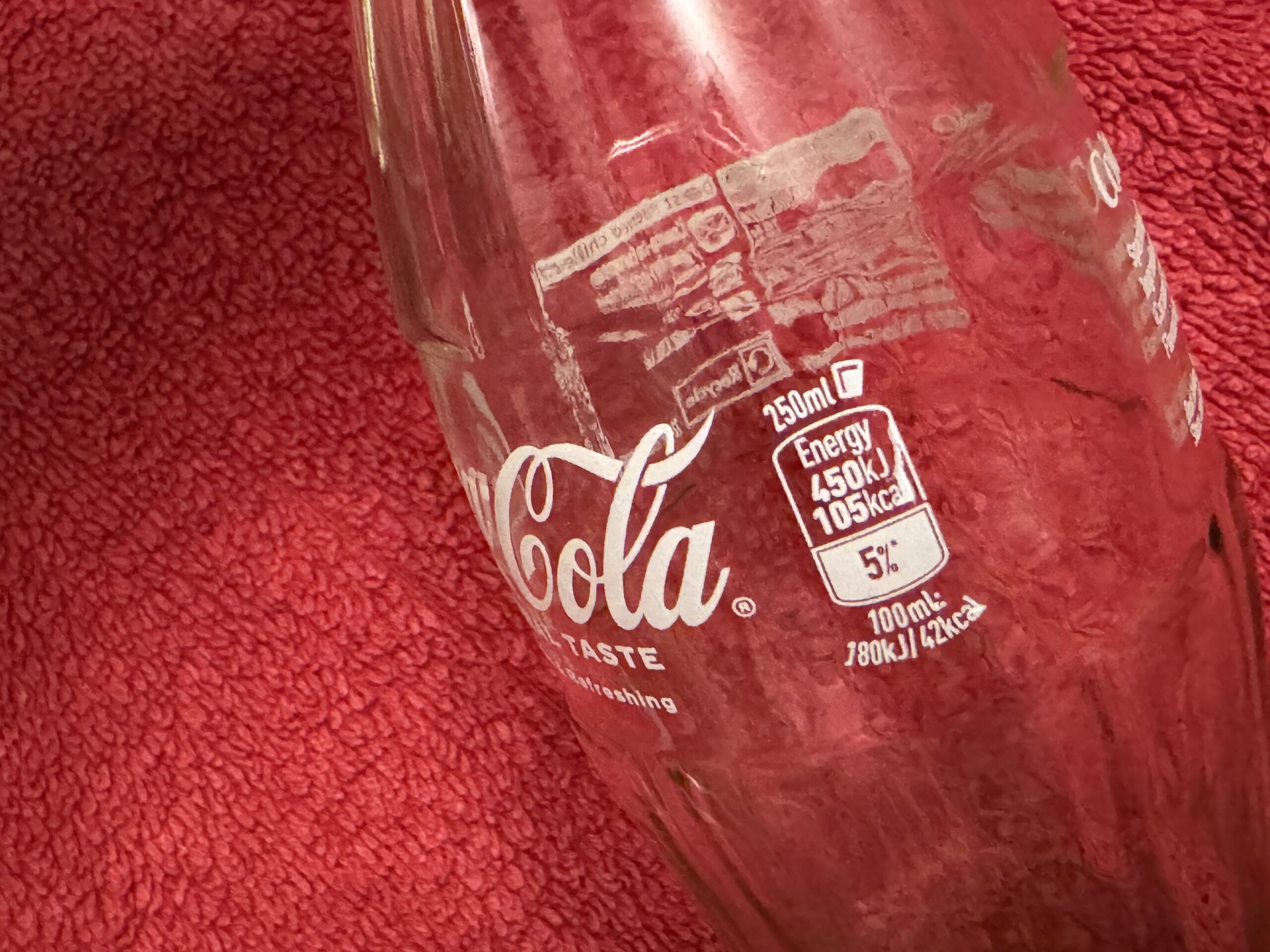
Never Miss an Important Article Again!
Join our Email List








